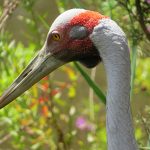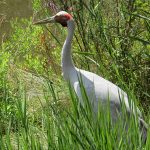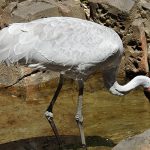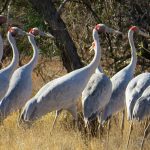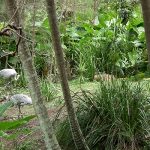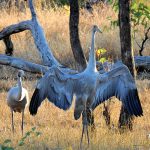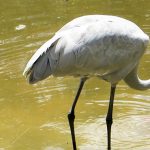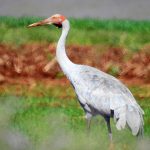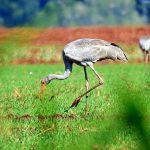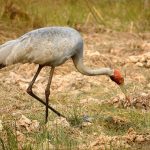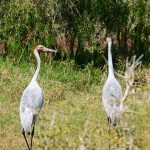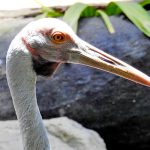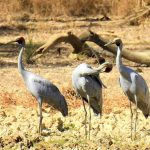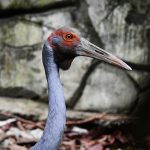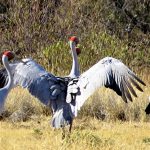BROLGA
Brolgas are tall, elegant birds with a height ranging from (1 to 1.3 meters. They have long legs and a long neck, which gives them a stately appearance. Their plumage is predominantly grey, and they have a red patch on their head. They have a black dewlap (a fleshy ornament) hanging from their neck, which becomes more prominent during the breeding season.
Brolgas are typically found in wetlands, marshes, and grassy plains across northern and eastern Australia. They are known to inhabit both freshwater and saline wetlands, as well as agricultural areas.
Brolgas are known for their elaborate and graceful courtship dances. These dances involve intricate footwork, leaps, and synchronized movements, and they are performed by pairs as a part of their courtship ritual. These dances are an important part of their mating behavior.
Brolgas are omnivorous birds. Their diet includes a variety of food items such as plants, seeds, insects, small vertebrates, and aquatic vegetation. They forage in wetland areas and feed by probing their long bills into the mud or water.
Brolgas form long-term pair bonds, and their courtship dances play a crucial role in pair formation and maintenance. They build large nests made of sticks and grass in wetland habitats. The female typically lays two eggs, and both parents take turns incubating the eggs and caring for the young chicks.
Brolgas hold cultural significance for Indigenous Australian peoples and are often featured in their art, stories, and ceremonies. They are considered an iconic bird of the Australian wetlands.

